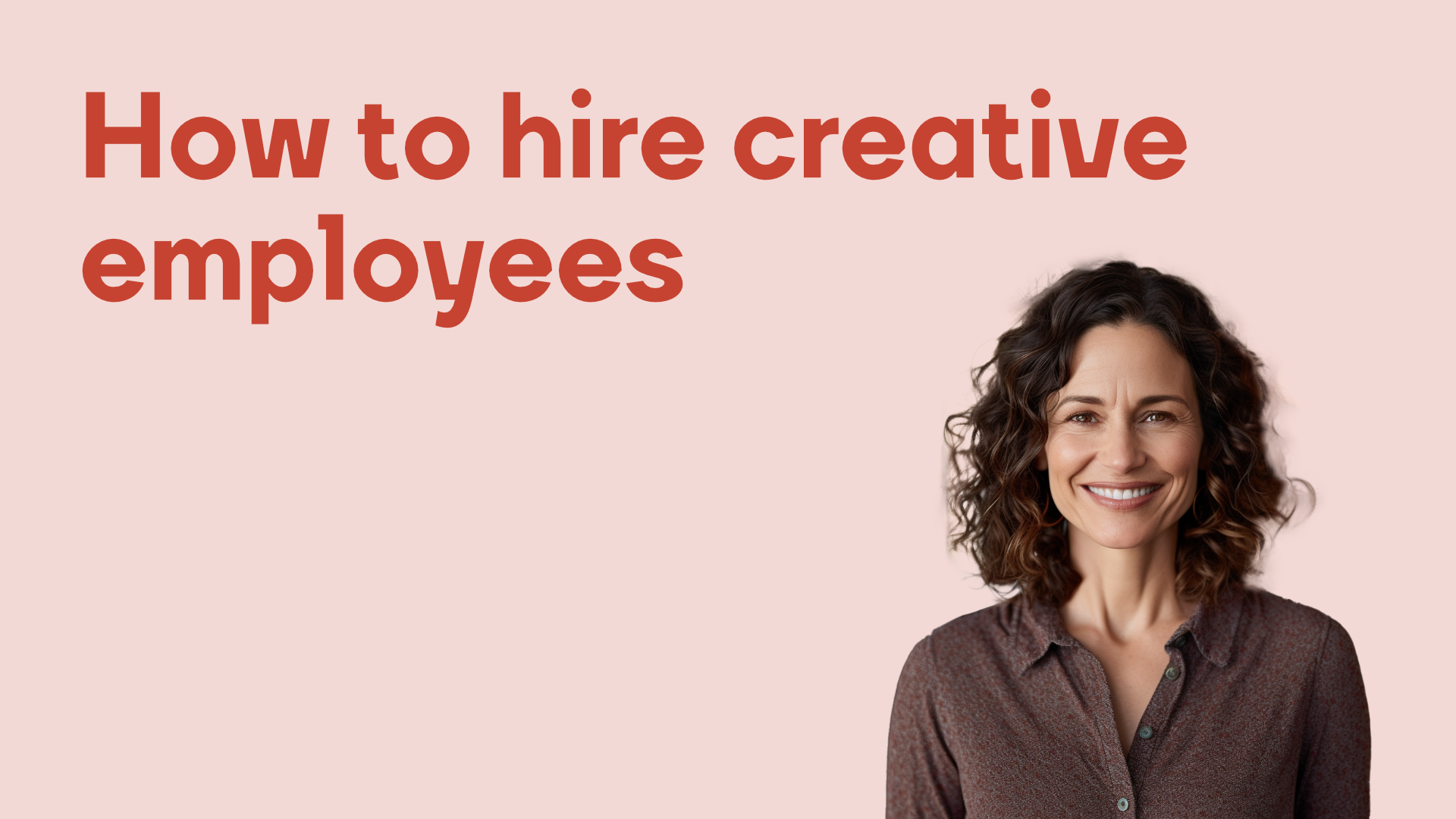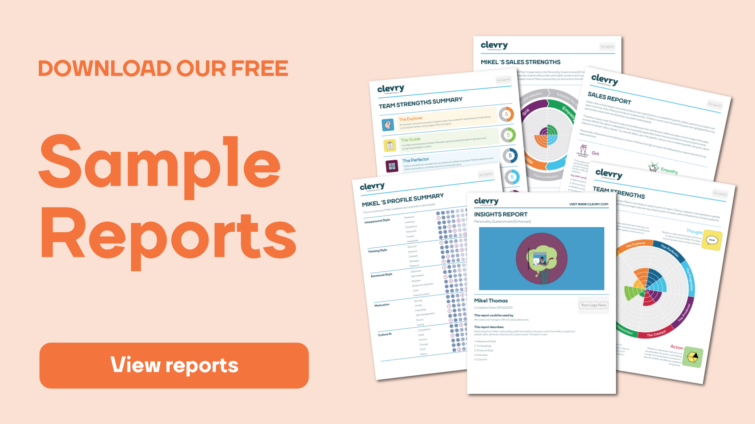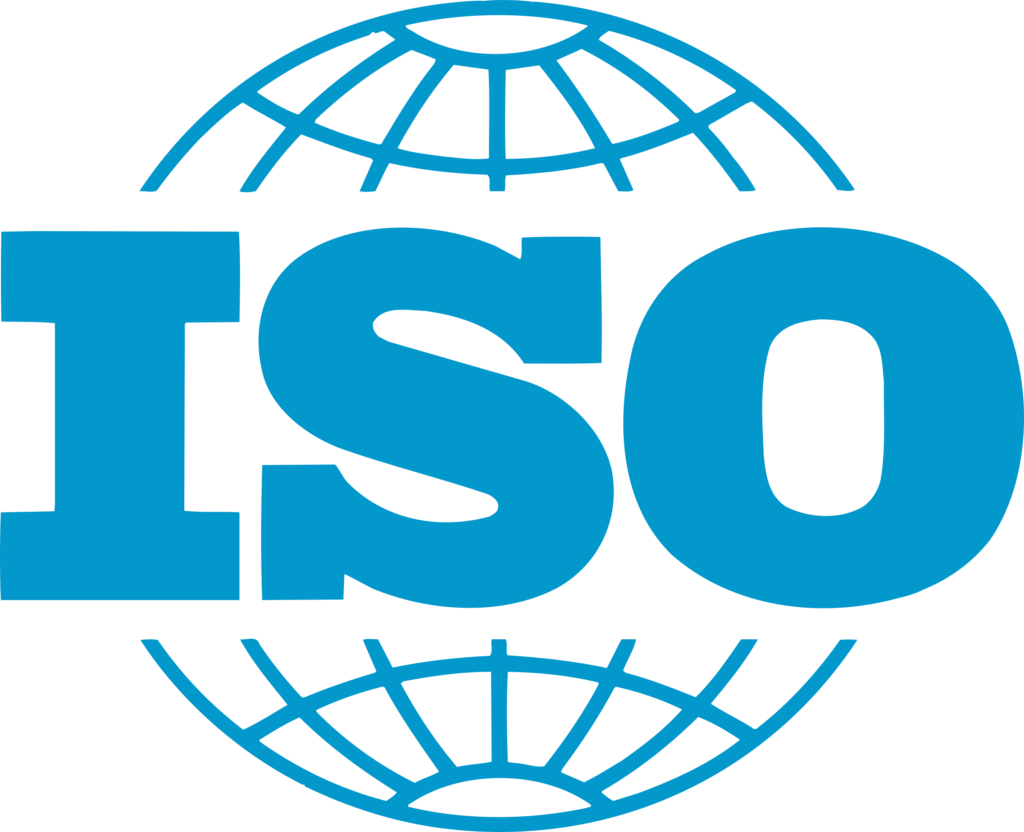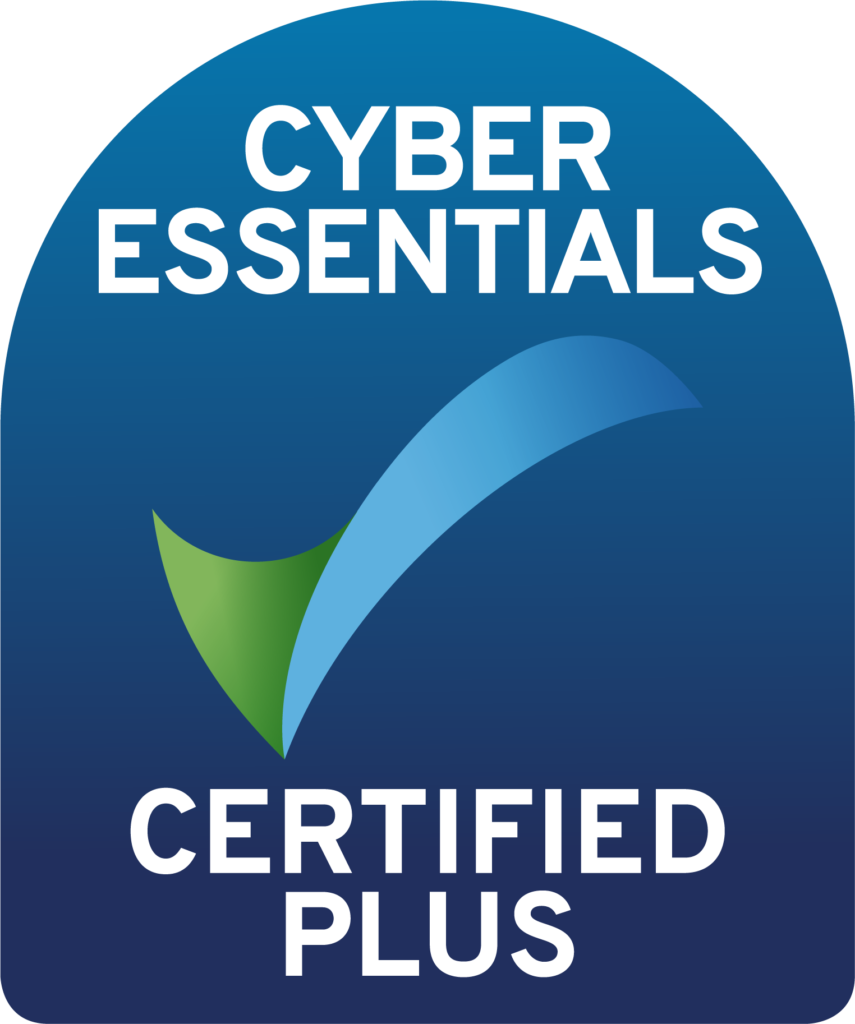According to a McKinsey report, business leaders expect that by 2026, half of their revenue will come from products or services that do not yet exist. The pace of innovation in companies is accelerating, so what does this mean for their talent strategies, and how can companies ensure they have the proper hiring practices in place to attract and hire creative talent?

What is innovation anyway?
Innovation starts with creativity but is much more than creating an idea. “Innovation is also about being able to implement ideas successfully”, says Laura Harrison, an Organisational Psychologist and The Head of Consultancy at Clevry. “If we break down innovation on an individual level, we’re looking at more characteristics than just the ability to come up with a good idea. We’re looking at the person’s ability to reason about the idea’s feasibility, to structure a plan to implement the idea and to influence and bring people with them to make that innovation and change happen successfully.”
Innovation and creativity are vital for companies to solve complex business problems and keep up with the competition, but what does an innovative company or a team look like?
“If we break down innovation on an individual level, we’re looking at more characteristics than just the ability to come up with a good idea.”
Diversity for the win
A diverse workforce improves an organization’s performance, especially if its leadership is diverse. Another report by McKinsey found that organizations in the top quartile with gender-diverse executive teams have a 21% higher chance of experiencing above-average profitability than their industry peers. Organizations with leaders from diverse ethnic and cultural backgrounds are 33% more likely to outperform their peers on profitability.
“If you want to have an innovative and creative business, one of the things we know from research will heavily contribute to that is having diversity within your teams, leadership, and decision-making. Diversity in all forms is beneficial, be it people’s backgrounds, age, gender and race but also diversity in terms of personalities, i.e. having people with different styles or behaviours”, explains Harrison.
How does diversity impact the organization’s performance, then? Diverse perspectives lead to creative solutions. A team with different backgrounds, experiences and perspectives are more likely to come up with a unique and creative solution to a problem. Each team member brings a unique perspective allowing the team to approach problems from multiple angles. A diverse team is also more adaptable to changes in the market and industry trends as they are exposed to a broader range of ideas and can better understand the needs and preferences of a diverse customer base.
“Diversity in all forms is beneficial, be it people’s backgrounds, age, gender and race but also diversity in terms of personalities, i.e. having people with different styles or behaviours”
How to identify creative talent?
Revisit your hiring practices
Creativity is a critical soft skill for hiring and retaining innovative employees, but it may require a shift in companies’ hiring practices. “Traditionally, companies have tried to measure creativity through interviews with questions like, tell me about a time when you’ve developed a new idea”, explains Harrison.
“It’s a valid question, but to build on that, also incorporating a personality assessment will help you create a more well-rounded view of the candidates by looking at their preferences, behaviours and working styles on a deeper level to unearth those desired attributes.”
“Going back to diversity, to attract and hire diverse talent, you must ensure that you have inclusive hiring practices in place. Inclusive hiring is not an easy thing to do and encompasses many different elements, from the employee value proposition and job design to advertising channels and the assessment process”, says Harrison.
Assess candidates’ learning agility
Learning agility refers to the ability and willingness to learn and adapt quickly to new and complex situations or challenges. It involves being open-minded, seeking feedback, and applying past experiences to new contexts. Individuals with high learning agility tend to be more resilient and adaptable, quickly navigating changes in their environment and effectively handling new challenges.
Cognitive ability tests are the most effective way to measure individuals’ ability to learn and to work with new concepts and ideas. Personality assessments can provide insights into traits and behaviours associated with learning agility, such as openness to new experiences, adaptability, and resilience.
View the output from our assessments by downloading sample reports below.
Look for balance in the team
Creativity in the workplace comes in many forms. Each team member brings their unique perspectives and skill sets, so when hiring a new team member, make sure there are not too many identical creative types in the team. Clevry’s team strengths report provides valuable insight into an individual’s strengths and the likelihood of them adopting various roles. The report is a helpful tool for identifying strengths and gaps within the team.
Fostering a culture of innovation
Hiring the right talent is one thing, but you must also consider whether you’re creating a culture where innovation can thrive. Creating an inspiring and innovative atmosphere in the workplace requires more than bean bag chairs and a pool table.
“Companies need to be clear on the reality of what happens in their business”, says Harrison. “If a company decides they need to hire creative people who can bring new ideas to the table because they feel that’s what’s lacking, they need to ask themselves first why that is.”
“If you have a culture that does not support new and innovative ideas, you’re not setting people up for success”, explains Harrison. “It all comes down to leadership and management. Do you foster a culture where people are encouraged and comfortable to share their ideas openly?”
“If you have a culture that does not support new and innovative ideas, you’re not setting people up for success”
“The same goes for any competency or behaviour style a company might lack. The approach to fixing that is usually to hire new people with those competencies or styles, but if you’re lacking a style across your whole business, it’s more representative of the culture than it is of the individuals”, Harrison concludes.



